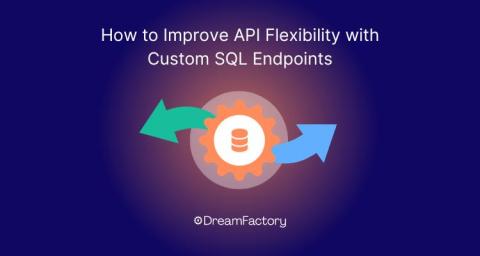How Backend Driven UI is Changing the Approach to Mobile Development?
Most developers who upload mobile apps to the App Store or Play Market have likely encountered unexpected bugs in new releases. To address this issue, a new build with the fix must be created and checked again by the platform where they are uploading. They also have to wait for the approval process again for the new version to be released. Unfortunately, this entire process takes a considerable amount of time, but there is an alternative way.











